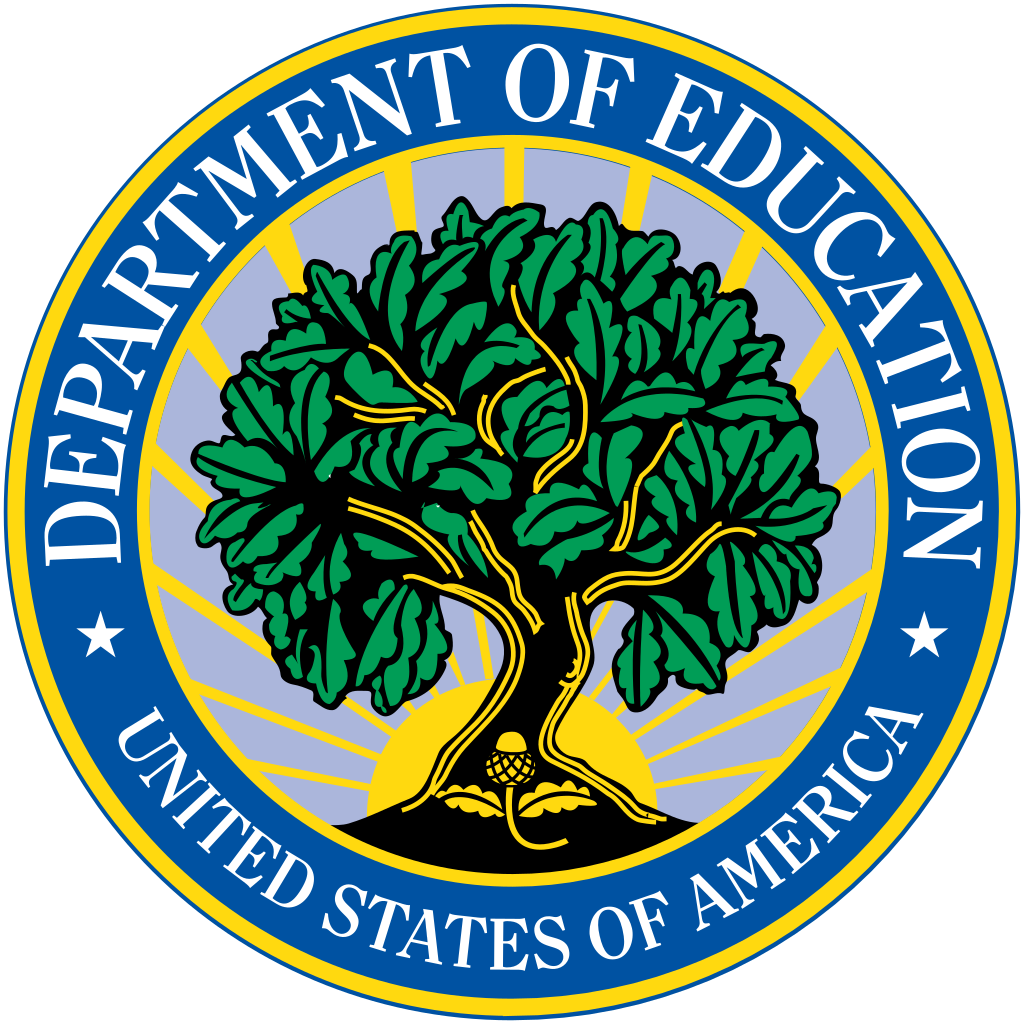
HIGHER ED DIVE
June 26, 2025

HIGHER ED DIVE
June 09, 2025
The future of higher education is uncertain as ongoing federal changes impact university finances and investments. College leaders can take proactive steps to best position their institutions for a changing landscape, including scenario planning, overcommunication, bringing people into the decision-making process, and focusing on their institutional mission to prioritize areas of importance and alignment.

New York Times
May 22, 2025
The New York Times provides a thoughtful resource that thoroughly addresses questions about college financing, including FAFSA, work study eligibility, housing, tuition costs, etc.

HIGHER ED DIVE
March 27, 2025
According to the Western Interstate Commission for Higher Education (WICHE), high school graduates will peak at 3.8 million students in 2025, leading to a more gradual decline in college enrollment over the next 15 years. An approximate 15% gradual decline in enrollment would allow institutions and policymakers time to prepare for anticipated financial hardships, potential institution closures, and other demographic shifts. Additional contributing factors to the enrollment decline are the current economy and job market and the increased skepticism about the value of higher education. Preventative measures that can assist institutions’ ability to succeed include: retention rates, implementation of equity and inclusion, and a greater shift to a non-traditional learning environment.

US Department of Education
March 01, 2025
The U.S. Department of Education recently released a FAQ resource regarding the Dear Colleague Letter sent February 14.

Inside Higher Ed
February 24, 2025
In January, the Congressional Budget Office (CBO) projected a $2.7 billion budget shortfall for the Pell Grant program next fiscal year, its first shortfall in over a decade which was not expected until 2029. By fiscal year 2026–27, the CBO projects that the program will be short $10 billion unless Congress puts more money toward the grants. The Pell Grant provides need-based federal financial aid for more than 30 percent of American college students; without a funding increase, low-income students will lose essential funding to assist with rising tuition costs and inflation. The Pell Grant which relies on mandatory and discretionary funds, increases enrollment and completion rates as well as assists with college affordability. The Pell shortfall isn’t in the official spending baseline yet however, Congress will need to act sometime before Sept. 30, the start of fiscal year 2026.

NACUBO
February 12, 2025
Data from the 2024 NACUBO-Commonfund Study of Endowments (NCSE) reveal that 658 U.S. colleges and universities and affiliated foundations rely on their endowments to support student financial aid, faculty and staff salaries, operating budgets, and more. The 658 institutions in this year’s study represented a total of $873.7 billion in endowment assets. Over the past decade, FY21 generated the highest return for endowments (30.6 percent). The highest FY24 return, an average of 13.0 percent, came from institutions with endowments under $50 million. Specifically, 10-year annual returns were identified as a key measurement of endowment performance, making this spending feasible. In total, participating institutions withdrew $30 billion from their endowments during the fiscal year, a 6.4 percent year-over-year increase. A majority of endowment spending (48.1 percent) funded student financial aid. Endowments operate on the principle of intergenerational equity, meaning that endowment values should be preserved in real (after inflation) terms so that students of future generations will have the same level of endowment support as generations past and present. Higher education institutions rely on their endowments thanks to sound financial management.

HIGHER ED DIVE
February 04, 2025
According to the State Higher Education Executive Officers Association’s (SHEEO) annual Grapevine report, state funding for higher education in fiscal 2025 rose 4.3% year over year before inflation and by approximately a third from five years ago. SHEEO defines State funding as tax appropriations, nontax support, nonappropriated support and returns from state-funded endowments. Excluding federal stimulus money, 41 states increased or maintained their higher ed funding while nine decreased their spending. Specifically, State allocations of federal funding rose 2.2% in fiscal 2025 compared to 2024. In 2020, states allocated over $10 billion of federal stimulus funding to higher ed to further assist with the impact of the COVID-19 pandemic. Recently, inflation in the sector has increased and costs for institutions rose 3.4 % in fiscal 2024 (HEPI).

HIGHER ED DIVE
January 27, 2025
The Western Interstate Commission for Higher Education (WICHE) recently predicted high school graduates will peak between 3.8 million and 3.9 million. After 2025, the population is expected to decline in 2030 to 3.1% lower than 2023 levels and 10.5% lower in 2041. The estimated decline in graduates is largely determined by birth rate, how quickly students’ progress through high school and earn diplomas, migration and mortality patterns, and the college-going rate. Specifically, 38 states are expected to experience declines while 12 states and Washington, D.C., will actually see increases. Overall, the decline in high school graduation rates will cause national workforce challenges and shift the ethnic and racial makeup of high school graduates. Proactive solutions to manage the expected decline include improving the immediate college-going rate of high school graduates and the progression and retention of students who do enter college.

The Chronicle of Higher Education
January 10, 2025
The effects of the Covid-19 pandemic led many higher education institutions to adopt test-optional admission requirements. Recent federal data from the National Center for Education Statistics (NCES) indicates that the vast majority of higher education institutions remain test-optional. The data also reveals additional changes in the admissions landscape, including a downward trend in yield rates, a move away from legacy admissions, and the ability to report where nonbinary students applied to college.